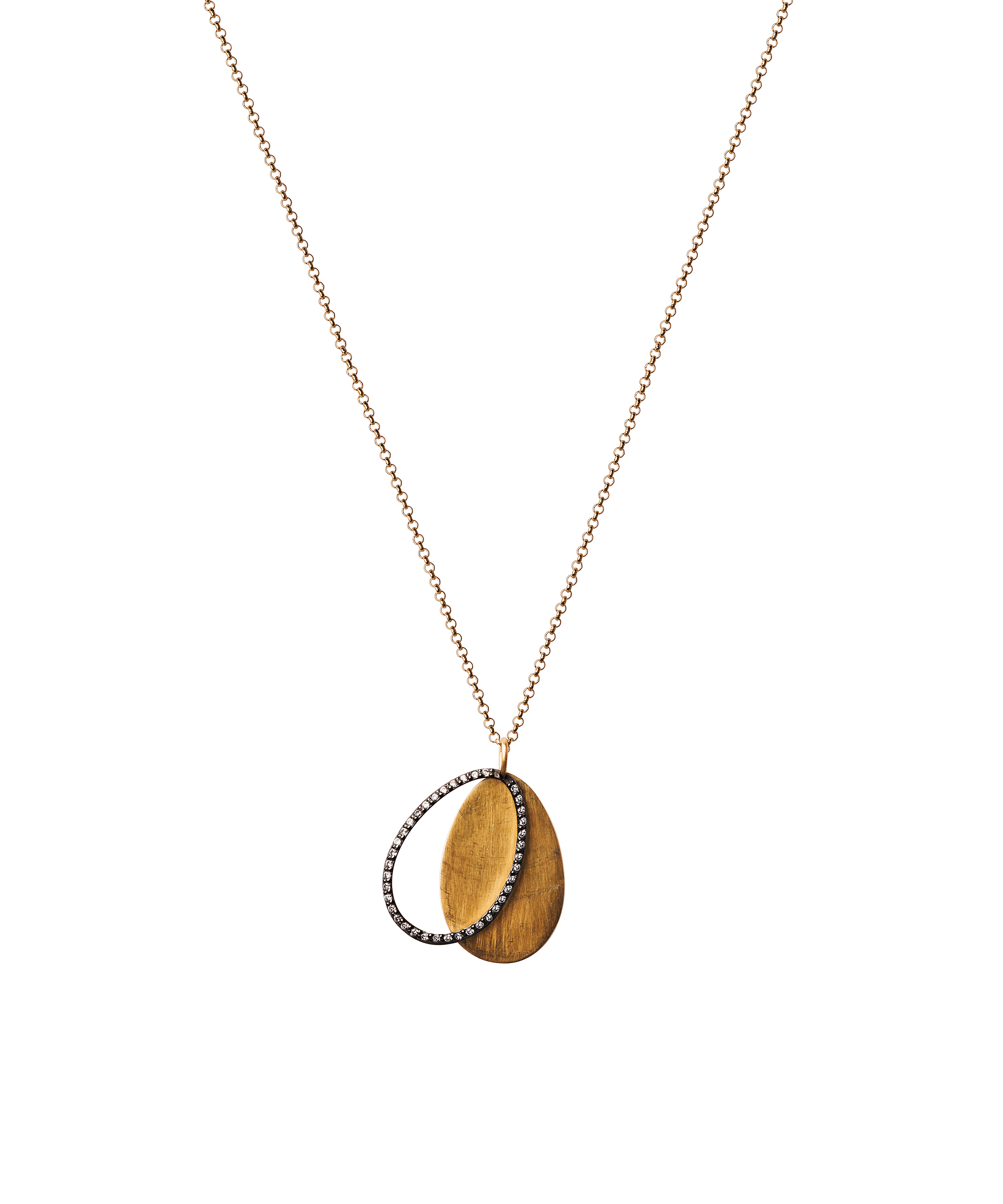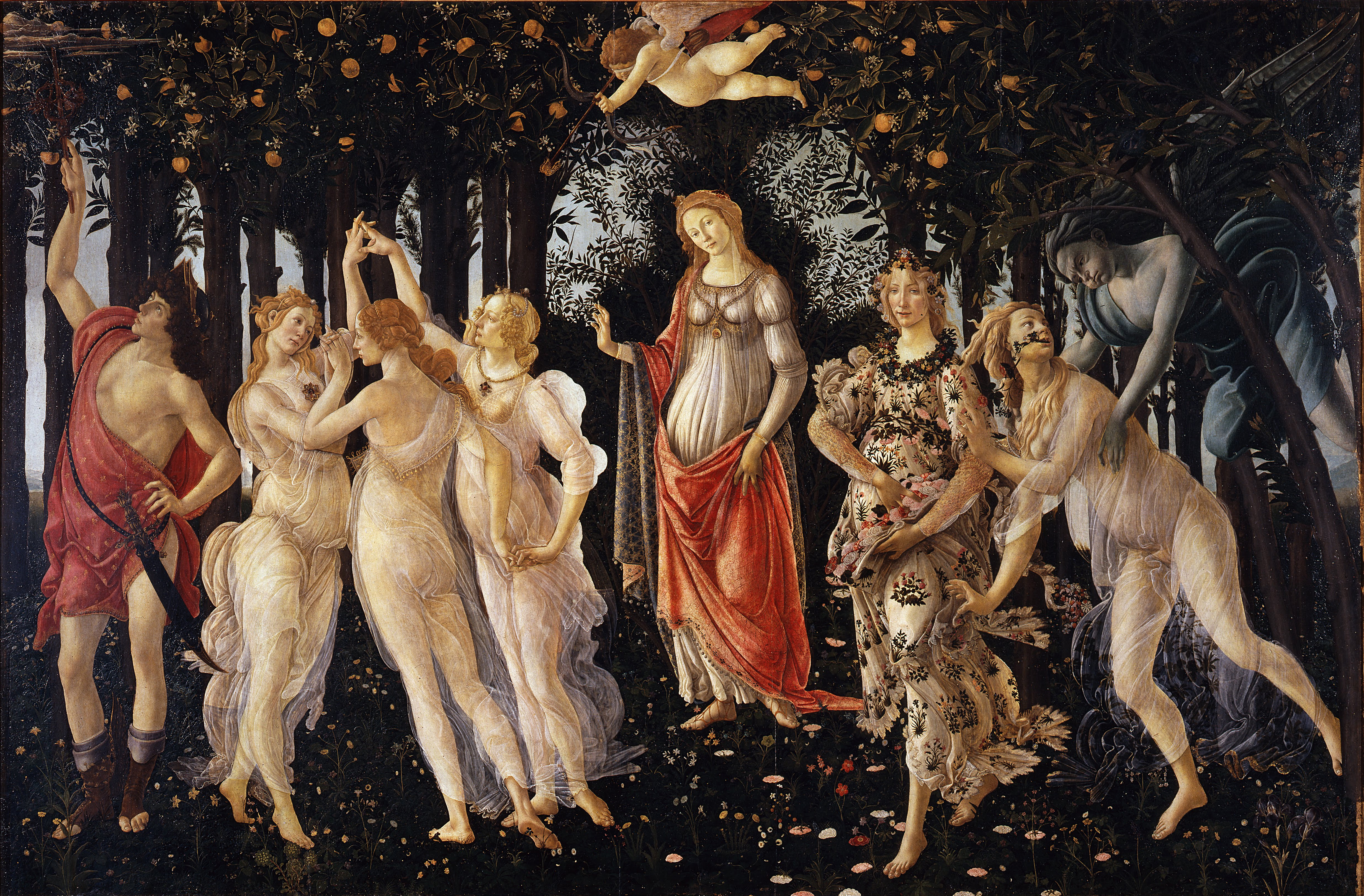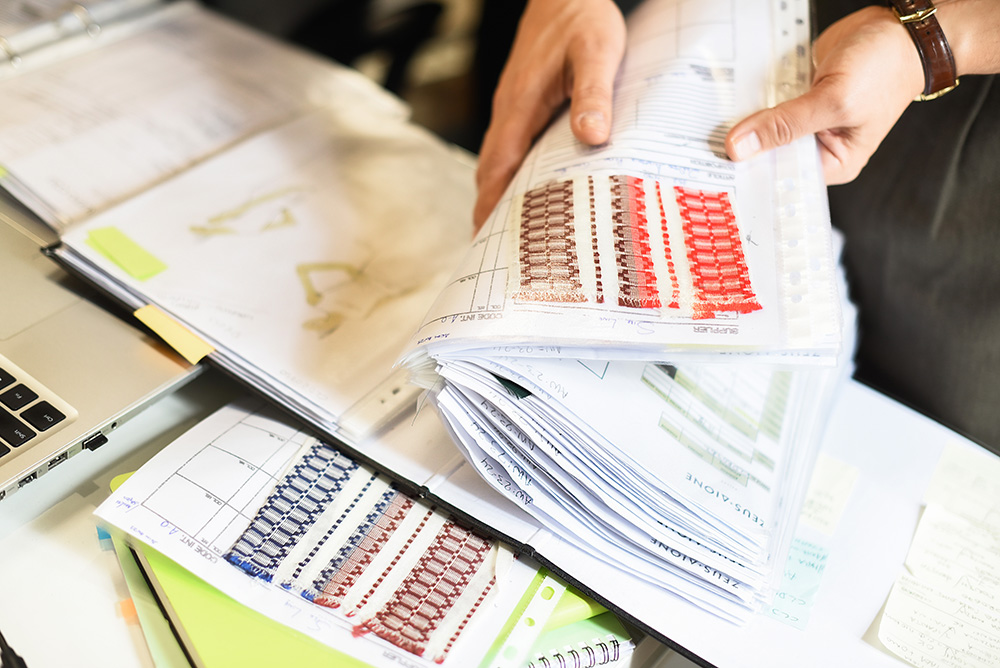Transforming Nature's Ephemeral Beauty into Timeless Jewellery Art
In the hidden alchemy of jewellery making, a modern revolution quietly unfurled its glistening banners—electroforming. Its tale, a blend of innovation and scientific curiosity, stretches back to the 19th century when minds flirted with the electrochemistry’s secrets.
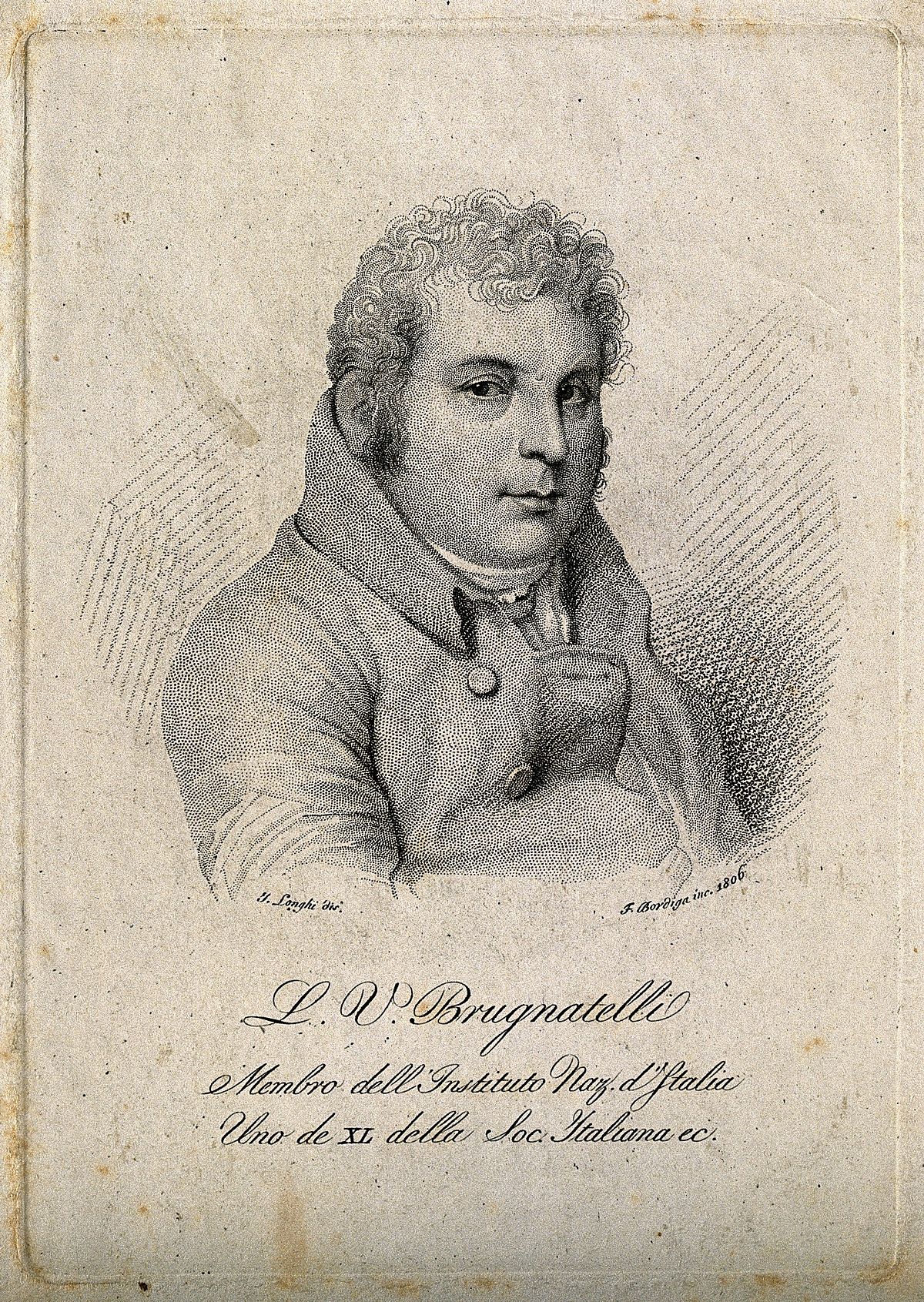
Luigi Valentino Brugnatelli, a luminary Italian chemist, etched his name into history in 1805. With deft strokes of experimentation, Brugnatelli conducted one of the inaugural electroplating triumphs, coating objects with silver through electric currents, marking the inception of electroplating.
But the true saga of electroforming unfurled its wings in the mid-20th century. What was once an industrial stalwart, toughening metals, began casting its spell on jewellery artisans. In the vibrant '60s and '70s, bold trailblazers—Stanley Lechtzin, Thomas Gentille, and Hermann Junger—embraced the unknown, blending electricity with experimentation. They gave birth to intricate metallic marvels, a vibrant mix of textures, shapes, and materials that showcased the boundless potential of electroforming.
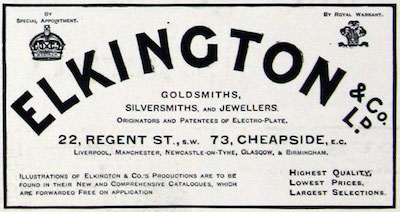
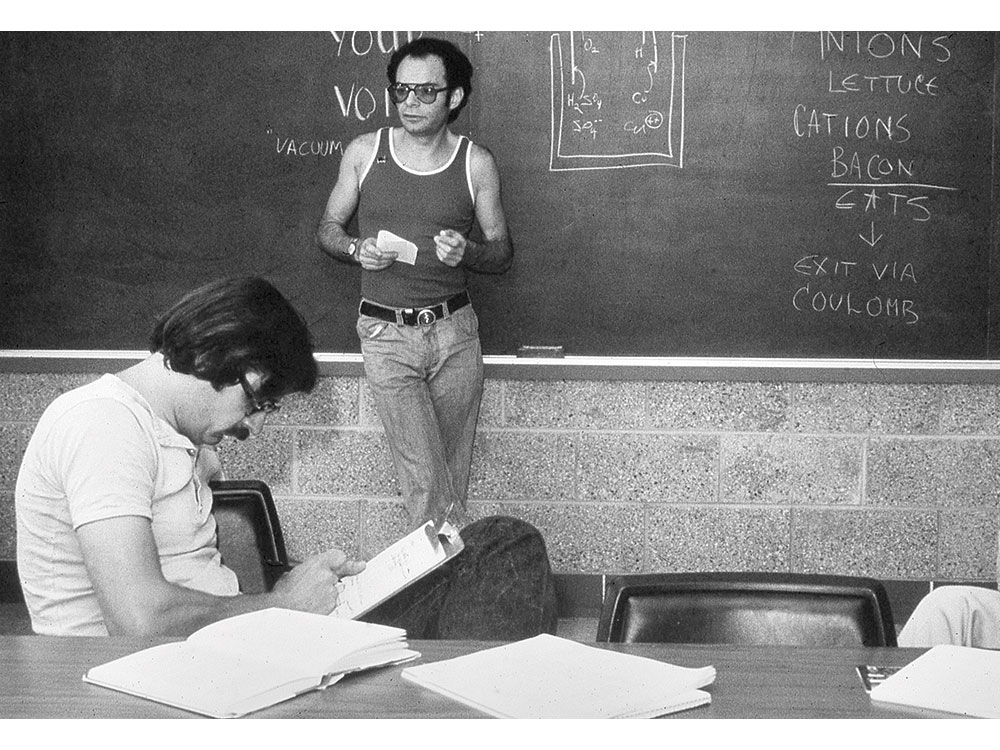
This marked the metamorphosis of electroforming from its utilitarian origins into a maestro in jewellery design. It ensnared the imagination of artists and designers, transmuting organic fragility into everlasting metallic beauty, capturing the finest details and textures within its grasp.
The process is a meticulous dance: organic objects delicately cleaned and coated with conductive materials, then submerged into an electrolyte solution alongside a chosen metal electrode—be it silver, gold, or copper. A gentle electric current orchestrates metal ions to elegantly accumulate on the object's surface, crafting a precise, whisper-thin layer of metal. This precision empowers artists to sculpt detailed designs or hollow structures.

For Marios Schwab, the creative force of Zeus+Dione, this technique became an enchanting gateway. Drawn by an iconic image of Maria Callas, engulfed in floral splendor after her last performance at La Scala, Schwab sought to immortalize nature's ephemeral beauty.
His quest transformed evanescent cloves into bold, modern electroformed carnations—manifested as a collection of chokers, brooches, and bracelets meticulously fashioned from silver, intricately mirroring the contours of a flower's petals, leaves, and stem.
This jewellery from Zeus+Dione stands as an ode to this union—harmonizing the grace of nature with the symphony of contemporary craftsmanship. It's a celebration where history merges with the present, forging eternal beauty from transient moments.

